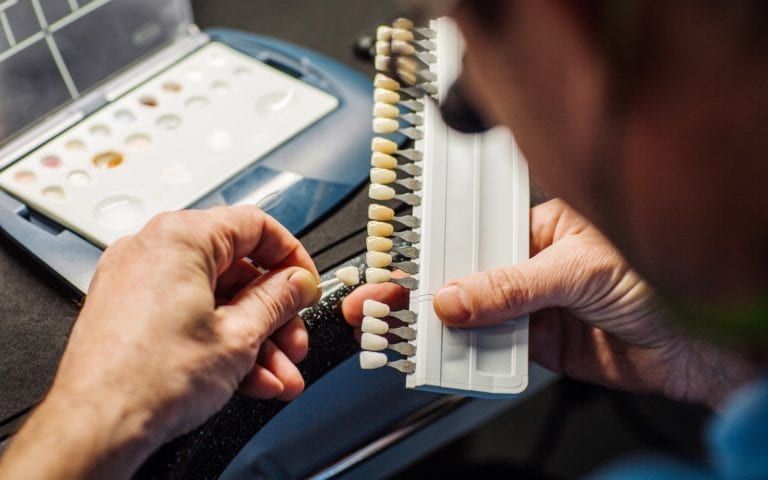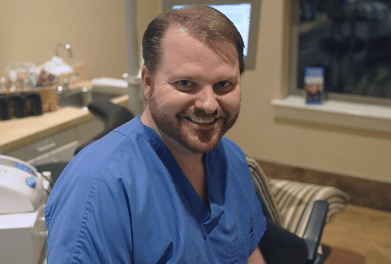Many of the most prominent dental practices focus on providing patients with dental restorations, a selection of treatments used to restore misaligned, chipped, and decaying teeth with prosthetics, fillings, and other synthetically fabricated devices. For many, dental restorations have become a standard for dental treatment. Still, if you find yourself wondering what regulations surround dental restorations, then we’re here to provide some insight into what these regulations state, how they are enforced, and how you can make the best choices for your restoration treatment.
The FDA, Restorations, and Everything In Between
The FDA is considered a highly valuable resource for learning about the regulations and warning labels of products, devices, and patents from various companies and multi-level corporations throughout the United States. Dental restorations, however, are a mildly discussed topic within the FDA’s legislation due to its primary focus on dental amalgams, a filling that’s used to restore teeth damaged by cavities and tooth decay. According to the FDA, dental amalgams have the risks of containing low levels of mercury that can be inhaled when applied, which can in large quantities affect the neurological systems of fetuses and young children and contribute to other conditions that impair neurological development. However, dental amalgam most often has levels low enough not to cause these effects but should still be factored in when considering this form of treatment.
So, what does the FDA recommend as a replacement? According to their website, the FDA contains a list of safer alternatives to dental amalgams, including direct fillings, composite resin fillings, and glass ionomer fillings. However, even while the FDA doesn’t necessarily comment on larger restorations such as porcelain veneers, dental implants, and dentures, they do have an approval process for restorations to help regulate these devices. They have a safe marked database that lists the various products that dentists most often use to help patients restore their teeth. Throughout this approval process, the FDA marks dental products as medical devices and classifies them through these categories:
- Cleared medical devices: These dental devices are ones that FDA has determined to be equivalent to other legally marketed devices. This type of device submission is referred to as a 510(k) and must be submitted to FDA to review for clearance.
- Approved medical devices: Approved dental devices are those devices that the FDA has approved a pre-market approval (PMA) application or a humanitarian device exemption (HDE). These approval processes are for Class III medical devices and have a more rigorous review than the 510(k) review process.
How To Choose The Dental Restoration For You
When speaking with your dentist about restoration options, many dental practices will often choose products with an FDA-cleared review and clearance, meaning that the treatments you’ll receive will be medically sound according to FDA regulations. If you’re curious about the specific devices that your dentist for your restoration treatment, then it’s best to contact them to find out more information about the restorations, techniques, and other aspects they’ll use to give you back your smile.

